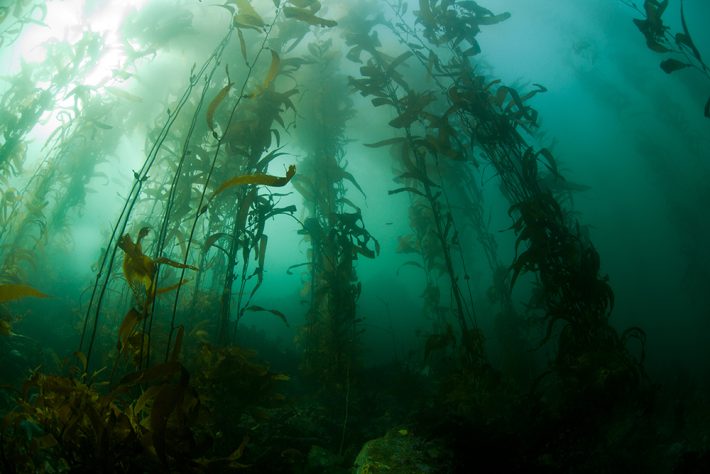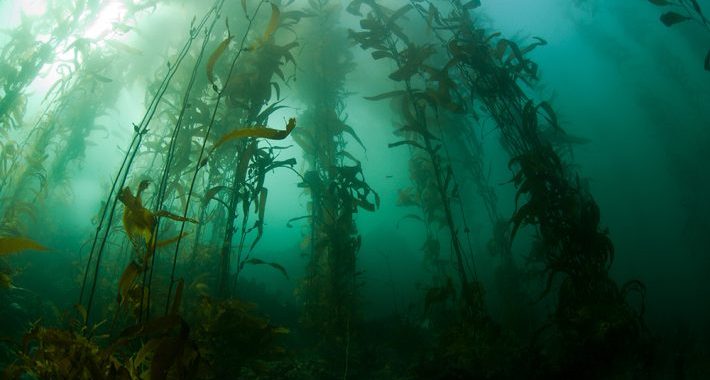The BES Policy Team is working with members to produce a report assessing the evidence for NBS delivery potential across major UK habitat types, along with a detailed assessment of the delivery and governance mechanisms needed for NBS to rise to the challenge.

The UK has committed to reaching net-zero carbon emissions by 2050. This provides solid political foundations and a clear destination, but the route we take to get there is far from clear. A range of measures will be needed, foremost of which is a drastic reduction in emissions, but we will also need to remove current and future greenhouse gases from the atmosphere in order to limit warming and allow restructuring to a low-carbon economy. Within similar time frames the UK must also reverse desperate declines in biodiversity. In responding to the ‘twin-crises’ of biodiversity loss and climate change, there is increasing interest in harnessing ‘nature-based solutions’ (NBS) as a win-win intervention.
What are nature-based solutions?
There are various definitions, but NBS essentially involve the protection, enhancement or sustainable management of nature in a way that helps to address societal challenges such as climate mitigation and adaptation, or improved mental health. Given the multiplicity of potential approaches the IUCN have developed a helpful Global Standard for designing NBS and verifying outcomes.
How can nature-based solutions help to address climate change?
Climate change mitigation
NBS can be a key tool in meeting the UK carbon reduction targets by sequestering atmospheric carbon and increasing carbon sinks within ecosystems, with the potential to provide around 30% of the cost-effective mitigation needed globally by 2030 to stabilise warming below 2.0°C.
For instance, the world’s forestsremove around 25% of anthropogenic carbon dioxide emissions and the UK’s forests are estimated to currently store over 2700 million tonnes of carbon. Moreover, urban street trees can play a critical role. The City of Leicester is a good example of this mechanism being used, with the above-ground vegetation storing over 200,000 tonnes of carbon, of which 97% is attributed to trees.
However, trees are by no means nature’s only tool. Whilst there are many solutions that could be listed, a couple of examples are below:
- Features of coastal habitats such as saltmarshes, seagrass and kelp are important carbon sinks which can be managed or restored through NBS. Saltmarshes sequester more carbon per unit area than any other coastal habitat, ranging between 64 to 2.2 tonnes of carbon per hectare per year.
- Within arable landscapes, hedges play a key role in carbon storage. Established hedge networks are suggested to store roughly 100 tonnes of carbon per hectare.
Understanding the potential of different habitats is complicated by a range of different factors, including habitat condition and differential rates of sequestration over time, depending on the maturity of the habitat – which is particularly challenging within the context of woodlands. This is a critical area of emerging research.
Climate change adaptation
NBS provide defence against the impacts and long-term hazards of climate change such as storms, flooding and extreme heat. The UK is expected to warm between 1.5 and 4.4 degrees Celsius above historical averages by 2100 which will impact human wellbeing (as those recently based in the South of England will have likely experienced!). Simultaneously, there is expected to be an increase in the frequency and intensity of extreme rainfall events which can cause damage to buildings and public infrastructure, as well as a rise in flooding. An example of this is Storm Dennis, the second largest North Atlantic cyclone ever recorded, which hit the UK in February this year causing widespread flooding and infrastructure damage.
NBS can help us adapt to these changes. The inclusion of green roofs in urban environments can provide stormwater management by reducing run-off, and restoring coastal habitats can protect the coast from storm damage, reducing wave action on coastlines and preventing erosion and flooding. Planting trees creates shade which can moderate changes in temperature. As well as enhancing the distribution, health and survival of wildlife, shade can help to reduce the increasing energy demands associated with cooling buildings.
NBS as a win-win solution
NBS can be a win-win solution by responding to the ‘twin-crises’ of biodiversity loss and climate change simultaneously. A good example of this is the management of developed land that is not currently being used (brownfield sites). Brownfield sites provide habitat conditions that promote biodiversity, for example, chalk or limestone quarries mimic traditional chalk and limestone grasslands and are associated with butterflies that are high priority for conservation. Simultaneously, management of just 1% of the total stock in the UK in order to create a source of calcium in the form of crushed concrete would remove 1 Mt CO2 annually. This is just one example of many win-win situations provided by NBS, with green-roofs supporting significantly higher levels of biodiversity than traditional grey roofs, and hedgerows being considered vital for the survival of many farmland plants and animals.
Trade-offs
Although one of the main benefits of NBS is their ability to address multiple societal challenges, trade-offs are sometimes unavoidable. For instance, although reinforcing and maintaining wetlands provides synergistic services such as reducing CO2 emissions, attracting tourists and maintaining biodiversity, the higher water levels may also reduce potential water storage and increase methane emissions. Despite the need to consider trade-offs, NBS are often over-simplistically presented as ‘win-win’. To deliver effective NBS, trade-offs should be minimised and the synergistic benefits should be maximised.
Delivering NBS
Understanding the potential of different habitats is a considerable challenge, but arguably the bigger challenge is turning this understanding into action on the ground – especially in a crowded country in which land is overwhelmingly in private ownership and there are many competing interests. Doing so will require a complex package of incentives, regulation, enforcement and monitoring. We need to know what NBS are delivering and for how long. We also need to plan carefully and strategically so that NBS don’t provide the solution to one challenge while creating or exacerbating others, such as food production. Getting the right data and feeding it into the right decision-making structures, operating over the right geographies, is a considerable challenge.
What is the BES doing to help meet these challenges?
The BES Policy Team is working with members to produce a report assessing the evidence for NBS delivery potential across major UK habitat types, along with a detailed assessment of the delivery and governance mechanisms needed for NBS to rise to the challenge.
Once published, we hope the report will enable policymakers to make effective decisions regarding which NBS to invest in and prioritise, and that this will contribute to addressing climate change effectively within the UK. The report will be made publicly accessible in Spring 2021 – so watch this space!
Source:
British Ecological Society 42 Wharf Road, London, N1 7GS, hello@britishecologicalsociety.orgCharity Registration Number: 281213

